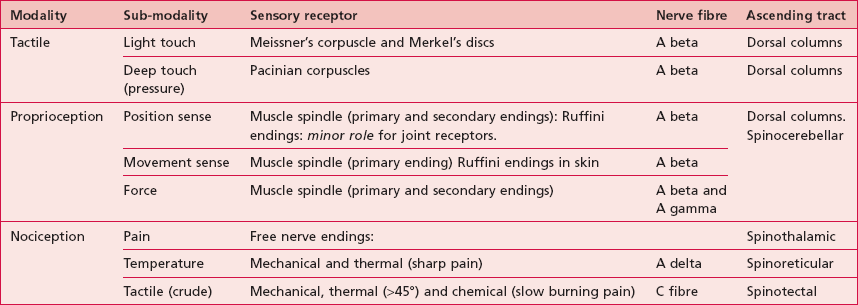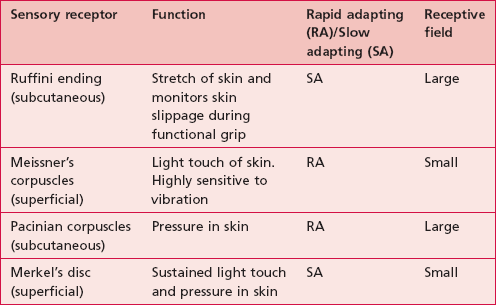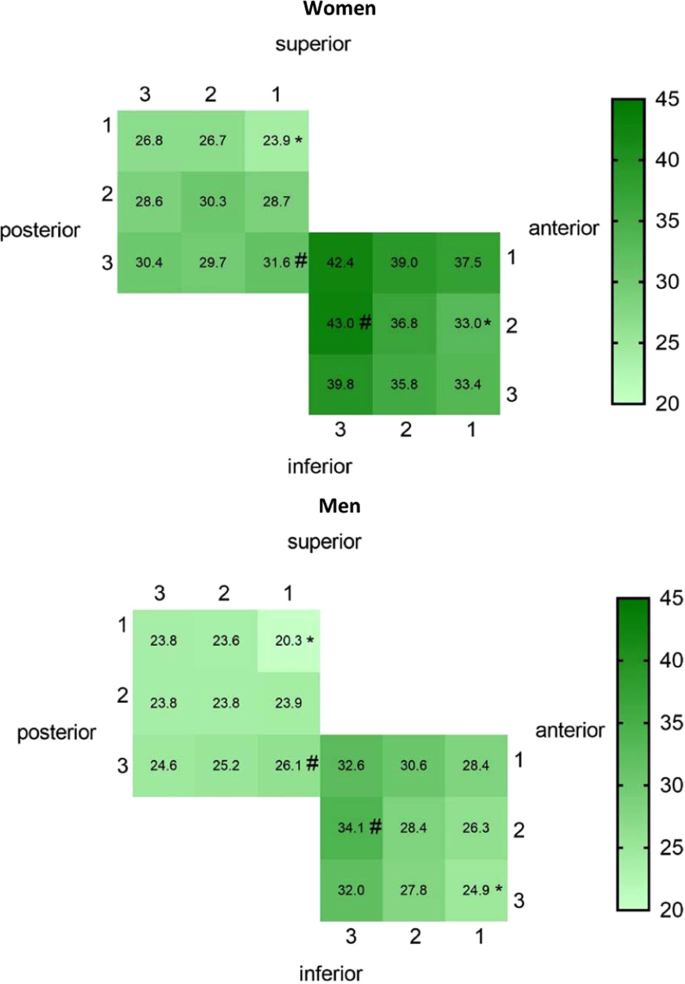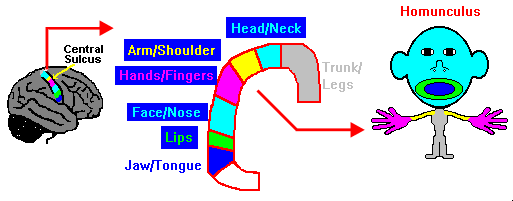Table 232 Tactile Sensitivity Two Point Discrimination

Two point discrimination test is the classic test herealthough the validity and reliability is disputed.
Table 232 tactile sensitivity two point discrimination. Paul rea in essential clinical anatomy of the nervous system 2015. 4 10 11 however there were subtle differences between hands in diplegia. Tactile sensitivity of different body areas some areas of the skin have greater tactile sensitivity than others. Thirteen patients with complex regional pain syndrome crps of one limb underwent a waiting period and then 2 weeks.
It might be really sensitive because its on the face or because they have more nerve endings. In clinical settings two point discrimination is a widely used technique for assessing tactile perception. The 2pd perception distance significantly increased in both males and females after including muscle fatigue p005 tables 1 and and2table 2 which means the sensitivity of skin sensation decreased after induction of muscle fatigue. Identification by active touching is the third levela more refined tactile gnosis.
My cheek and bottom lip were most sensitive. Localization of touch is also an aspect of discriminative touch. It is often tested with two sharp points during a neurological examination. My forearm and back of hand were least sensitive.
71 and is assumed to reflect how finely innervated an area of skin is. The greater the number of cutaneous receptors in an area receptor density the greater the tactile sensitivity is in that area. Determine the sensitivity of different areas of your skin using a two point discrimination device. The two point discrimination test is used to assess if the patient is able to identify two close points on a small area of skin and how fine the ability to discriminate this are.
Ile stimulation is associated with a behavioural objective. It is a measure of tactile agnosia or the inability to recognize these two points despite intact cutaneous. The 2pd perception distance of male subjects was significantly longer than that of female subjects p005. Observed deficits were consistent with previous reports of problems in identifying shapes common objects or in two point discrimination thresholds.
It might be. The two point discrimination test is an indirect measure of cutaneous receptor density. The non dominant hand in diplegia was significantly less sensitive on all tactile tasks compared with those without. After muscle fatigue was triggered the 2pd.
















